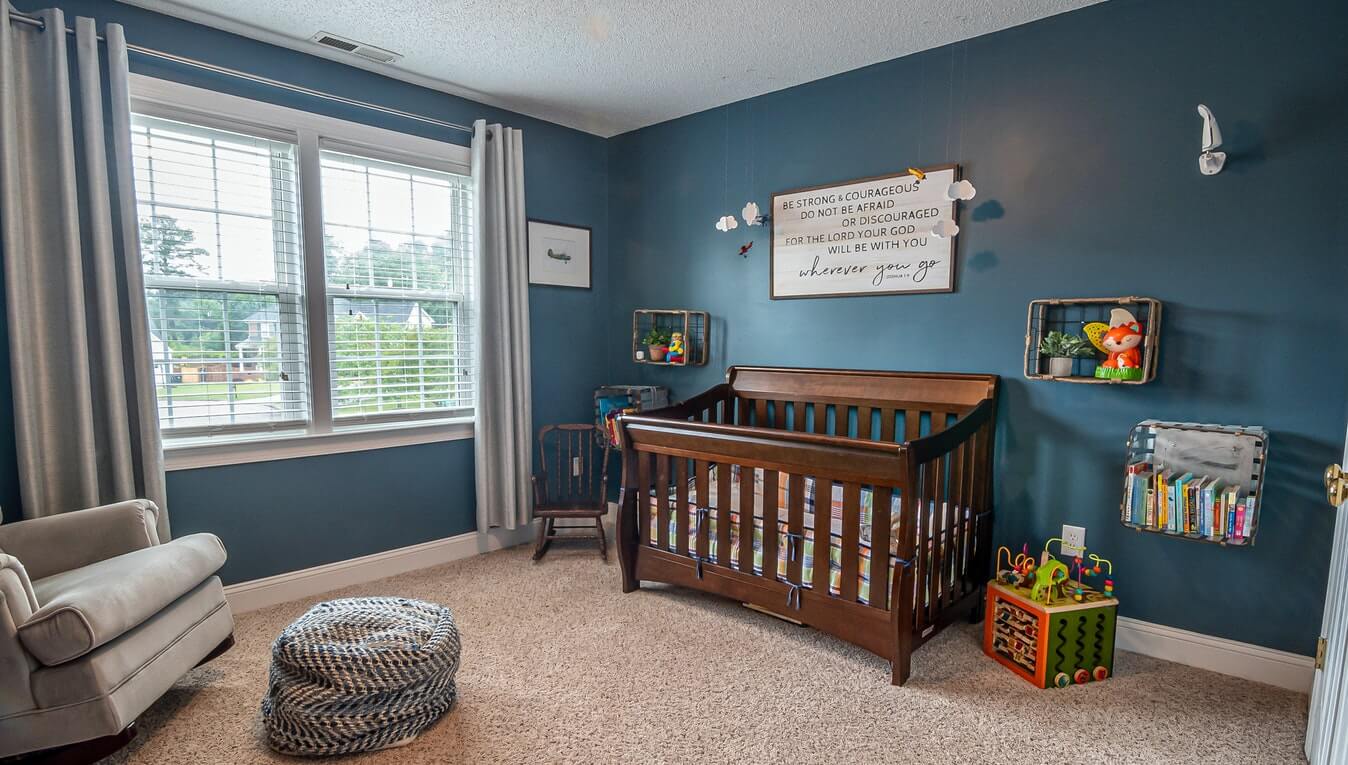Your Cart is Empty
Menu
-
- Candles
- Candle Holders
- Vases & Glassware
- Décor
- Floral
- Weddings
- Crafts
- Quick Ideas
- Sale
-
- Help
- FREE SHIPPING ON ORDERS OVER $79
- 1-800-928-6175
- Login


Bride's Guide: Tips for Painting a Nursery
November 23, 2020 2 min read
You may have plans for your future nursery - what it looks like, the feel and furniture. Though these elements may seem unconnected at the moment, you’ll need to dive into the details soon enough. So, what does the process involve?
First of all, it’s important to recognize the preparation that goes into painting a room. Whether you’ve worked on this kind of home improvement project before, or you’re a DIY rookie, you’ll find some helpful tips in the list below.
1. Avoid Paint with VOCs
Everyone deserves a safe, healthy environment at home, especially newborns. They can’t fight pollutants because they’re still growing. Nursery paint can present a significant health issue if it includes volatile organic compounds (VOCs), a common paint ingredient.
To provide some context, VOCs are a toxin emitted by paint solvents because they’re a paint thinning agent. Even after the paint dries, inhaling the paint’s VOCs can be harmful.
When you find a color you like, check the ingredients to ensure the product doesn’t include these kinds of chemicals.
2. Check the Light Reflectance Value
Most paint brands display their light reflectance value. It’s a measure of how much the paint reflects the light around it, which could affect how easily your newborn falls asleep during the day.
To keep the glare at a minimum, look for light reflectance values of less than 60 and avoid using too much white.
3. Choose a Helpful Finish
Messes are likely going to happen a little more often as your family grows. The paint finish you use for your nursery determines how easily you can clean those messes up. Get your favorite hue in semi-gloss finish because it doesn’t reflect too much light and won’t absorb liquid splashes.
You might also go with a satin finish, but know that this type of paint reveals brush strokes more than a product with a semi-gloss finish.
4. Clean the Area
After you paint the nursery, remember to clean even the messes that are hard to spot. If you line the room with painter’s tape, it could leave a sticky residue behind if it’s on your baseboards or walls for too long.
You can easily remove lingering tape adhesive with household objects. Try using a hairdryer on wall residue or ice cubes on any stickiness stuck on your carpet. If left behind, the adhesive will collect dirt and dust, leaving unsightly splotches around your nursery.
5. Keep the Paint Cans
You never know what the future holds. Things might get messy during a diaper change and leave stains on the wall you can’t remove. It’s always smart to keep your leftover paint so you can cover future stains or marks.
Start Early if Possible
After you find a color you love, the tips above will make the project easy. If you can, start looking for paint chips early. With a little extra time, you’ll finish your nursery and won’t worry as much about the process.